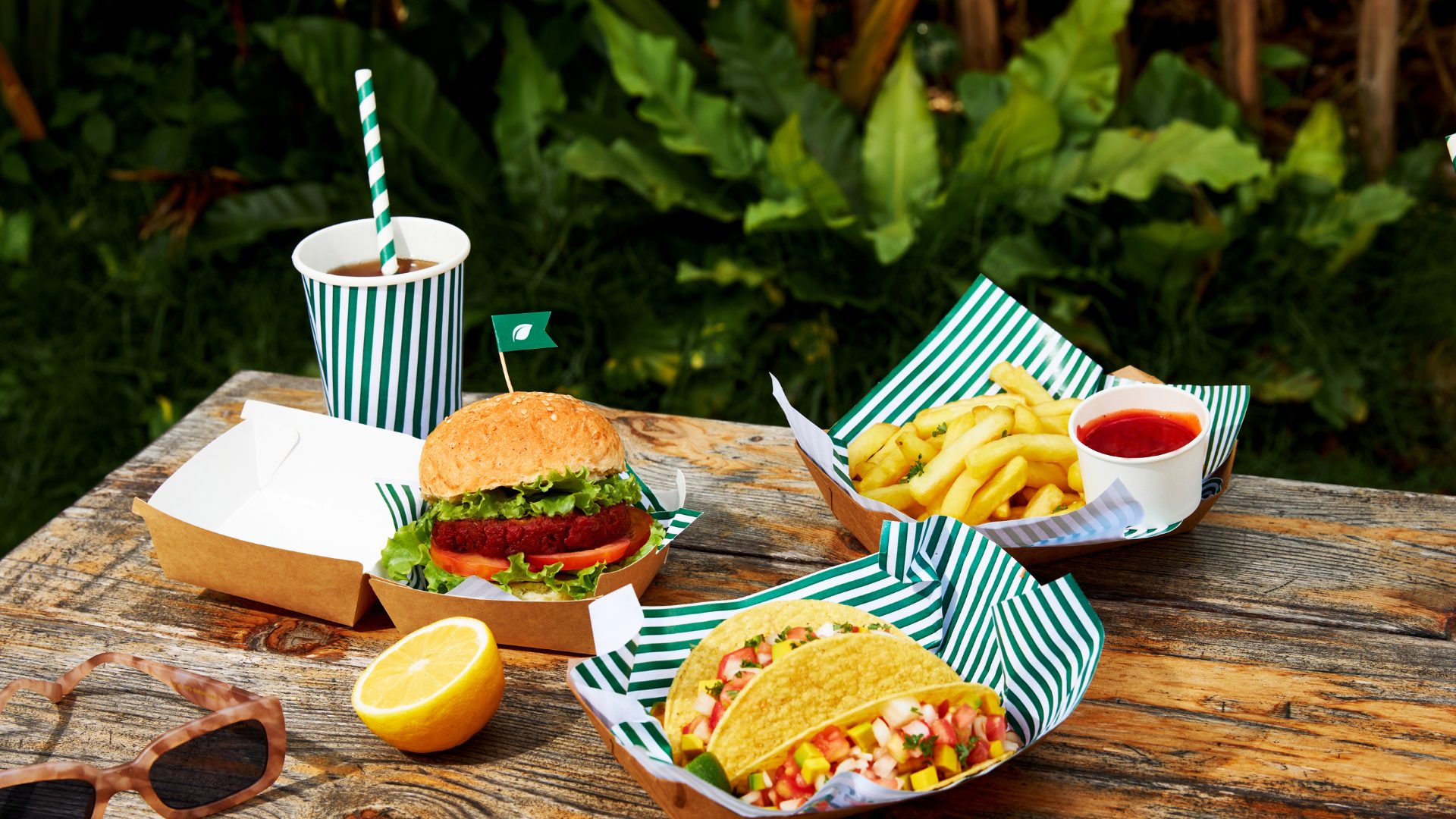Along with Henry Ford’s assembly line in 1926 was the introduction of the standard five-day workweek. And while it certainly remains the norm, some groups are beginning to challenge this time-tested schedule in pursuit of better work-life balance.
A bill introduced in California’s assembly would make the official workweek 32 hours for companies with more than 500 employees and would include a time-and-a-half pay rate for work done past that cutoff, reported CBS News (April 13).
This idea is not unheard of. In Iceland, about 85% of the country works — or will soon work— four days a week, while Belgium recently announced that workers can opt for four 10-hour days. Could U.S. businesses soon follow?
“We are in the midst of a significant paradigm shift in how we think about work, productivity, and fulfillment,” Leah Hancock, lead associate at Organizational Performance Group, told The Food Institute. “It makes sense to be re-evaluating standard practices, particularly having seen over the past two years just how quickly we as a country can adapt to new ways of working.”
Dozens of U.S. businesses are already testing out the four-day workweek and The Food Institute took a closer look at what that means:
HOW REALISTIC IS IT?
There are mixed opinions on the viability of a four-day workweek.
“It is a long shot at best,” John Frehse, global head of labor strategy at Ankura, told The Food Institute. “The fact of the matter is that it will make businesses in California less competitive at a time when labor is in short supply and could limit their ability to implement flexible shift schedules that work for their employees.”
However, Hancock believes the four-day workweek shows promise.
“Countries and businesses that have piloted or adopted the model have seen productivity increase, alongside improvements to employee engagement and wellbeing,” she said. “Pilots have also been connected to environmental benefits and increased gender equity.
In fact, Denver-based nonprofit Uncharted tested out a four-day workweek in 2020 and found that 92% of employees favored it, reported CBS News (April 14).
Wanting to be sure the business did not suffer, CEO Banks Benitez brought in a third-party monitor to track productivity over the 90-day trial. The results were positive.
“It reduced workplace stress, reduced burnout. We saw no reduction in productivity,” he told CBS.
SUCCESSFUL MODEL FOR FOOD INDUSTRY?
In what scenario could this model work?
“In specific environments where training requirements are low,” said Frehse.
In 2019, Shake Shack tested a four-day workweek model for its managers. Supervisors in select stores were working 40 hours in a four-day work period.
Supervisors trialing the new work schedule told CEO Randy Garutti that having three days off improved their lifestyle and finances, according to a March 2019 Nation’s Restaurant News article. The article noted that the move also helped boost employee retention.
In 2021, the company ended the pilot due to COVID-19, but a spokesperson told Insider that “there’s always a possibility that it could return.”
More recently, fast-casual restaurant chain Dig announced it was testing the idea with its hourly kitchen staff, giving them the option to work full-time hours compressed into four days, reported Fast Company (Feb. 17).
To keep the same number of hours, workers who chose to switch to the four-day week had to change to 10-hour days. For some workers, this was even more grueling, while others embraced it.
Dig plans to continue studying how well this works for employees with different demands on their time outside of work.












